History of advertising. Part 6. Zenith Radio Corporation (129 works)

If people knew about Eugene MacDonald and Dr. Robert Adler - and most people don't know anything about these names - they would probably thank them for their invention. A native of Syracuse, New York, MacDonald showed commercial acumen at an early age. He started his first business—repairing electric doorbells—while still a schoolboy. In 1912, MacDonald created a one-of-a-kind company that financed car purchases on credit. But his true love was electronics. In 1918, after the end of World War I, having left the Navy with the rank of commander, MacDonald and two of his friends—all three of them avid radio amateurs—set up a workshop in the kitchen of one of them, in Chicago, and began making radio equipment there for other radio enthusiasts. In the early 1920s, friends founded their own radio station with the call letters 9-ZN, which later formed the basis of the name of their electronics company. 9-ZN soon became 9-ZNith. In 1923, Zenith Radio Corporation was formed with MacDonald at its helm. He served as president of the corporation for 45 years. The young company progressed very quickly, carrying out developments in the field of radio engineering. Its early achievements included the world's first portable radio (1924), the first mains-powered home radio (1926), and the first push-button radio (1927). In addition, Zenith was the first company to broadcast on AM and FM frequencies and also invented the FM stereo radio broadcasting system. After some time, the company began development in other areas, especially in the then new field of television, where MacDonald's foresight was especially noticeable. He founded the National Association of Broadcasters and became its first president. In addition, McDonald contributed to the creation of the Broadcasting Commission, which later became the Federal Communications Commission. Despite significant successes in the field of radio, Commander MacDonald will be remembered by the world primarily for his inventions in the field of television and broadcasting. Not only did he develop the first prototypes of television receivers in the late 1930s, but in 1948 he and Zenith released the world's first black-and-white television. However, despite the fact that McDonald and his company were leaders in the field of television technology, he personally did not like the fact that television was paid for through advertising. Commander Macdonald believed that television viewers would not tolerate commercials for long and therefore, sooner or later, commercial television would fail. His passion, his dream, his aspiration was to rid television viewers of intrusive and annoying television advertising. At first, MacDonald wanted to create subscription television - a simple cable network. But with this idea he was so ahead of his time that no one understood him. Then MacDonald decided to invent a device that would allow TV viewers to switch to other channels when an advertisement appeared on the screen without going near the TV. He had already seen similar remote devices from the military and therefore wanted to adapt these technologies for television. An ardent fan of commercial-free television, Commander MacDonald believed that every person now needed only one thing - a television remote control. Since the commander had a company that had some experience in this area, he tasked his top engineers with creating a remote control device that would allow users to control their television from the comfort of their living room couch. In 1950, the first television remote control (RL) “Lazy Guy” was developed and put on sale. Although he did not quite live up to the commander's expectations, it was still something. Resembling a hand grenade in shape, the Lazy Guy was connected to the TV using a cable. By pressing buttons on the remote control, TV viewers switched channels. In addition, the remote control also had buttons that turned the TV on and off. “Amazing! - said the Zenith advertisement. - Prestigious! Amazing! Thanks to Zenit's Lazy Guy, you can spend an entire evening of television without leaving your seat!” But while Lazy Guy was an innovative product, it was far from perfect. Consumers did not like the fact that they had to trip over an inconspicuous wire stretched across the floor every now and then. MacDonald didn't like it either. Like Robert Kennedy, he dreamed of things that didn't exist and wondered, "Why not?" Commander MacDonald dreamed of something truly unique, a consumer electronics product never before seen - a wireless remote control. He wanted to create a simple and convenient device that could instantly save viewers from intrusive advertising. He sent his engineers back to the drawing boards, instructing them to make a wireless remote control that would allow viewers to turn on and offView picture and sound, change channels and turn off these deafening advertisements. A few years later, Zenith engineer Eugene Polney seemed to have solved this problem. His Flashmatic was the industry's first wireless remote control. Introduced in 1955, Flashmatic allowed the viewer to control the television by shining a beam at it. In each corner of the TV there was a photocell that performed a specific function: turning on the image in one corner, turning it off in the second, turning up the sound in the third, muting the sound in the fourth. By turning the dial on the remote control clockwise or counterclockwise, you could change channels. An ad in the 1955 Saturday Evening Post read: “Add a little Zenith electronic magic to the magical moments of Christmas. Without going near the TV, turn off those annoying ads with one ray of magical light without any cables or wires! To believe in this miracle, you have to see it yourself!”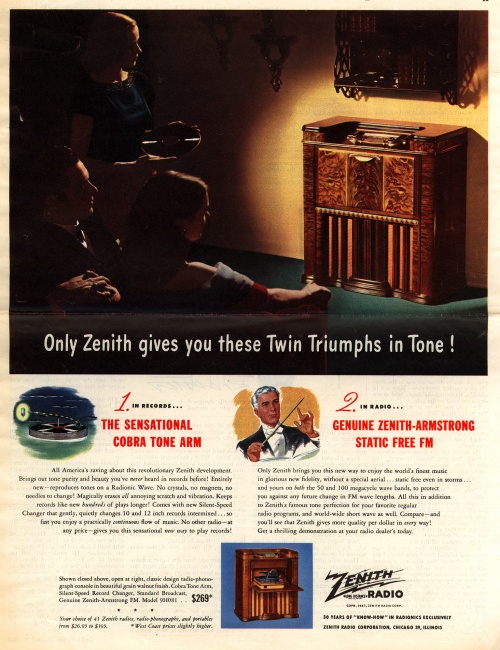
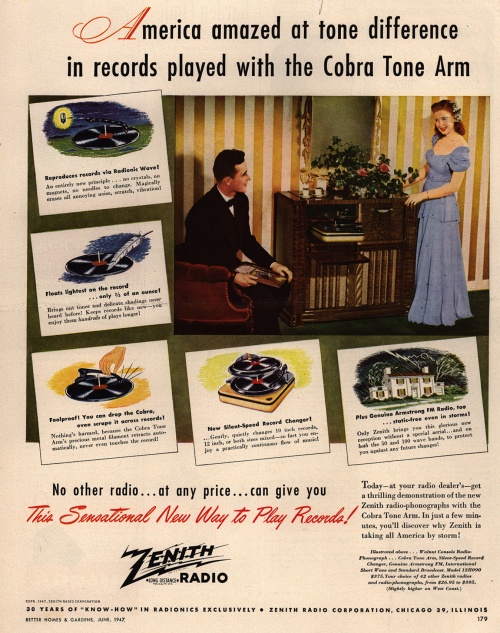
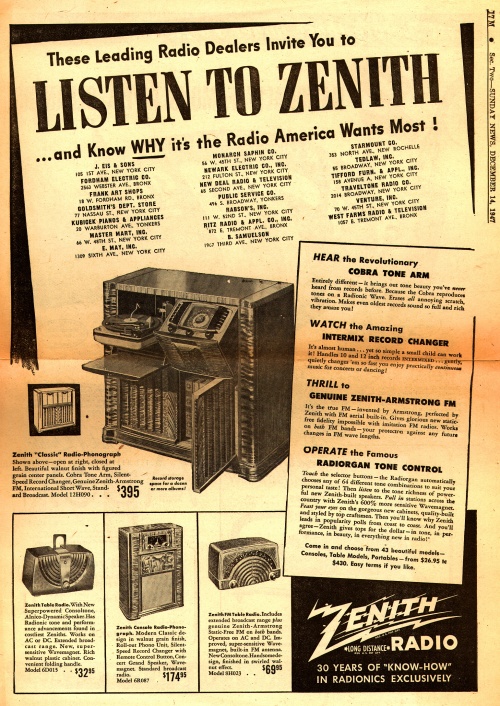
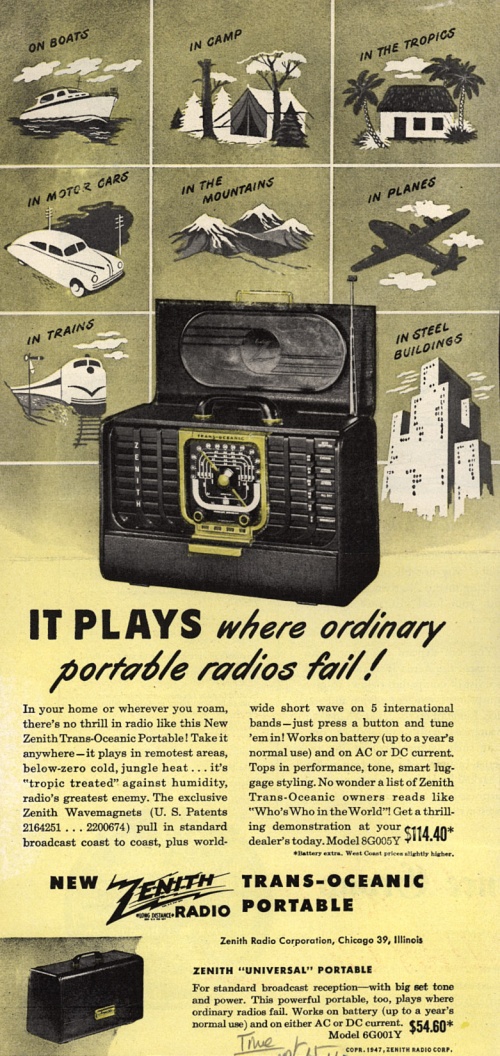
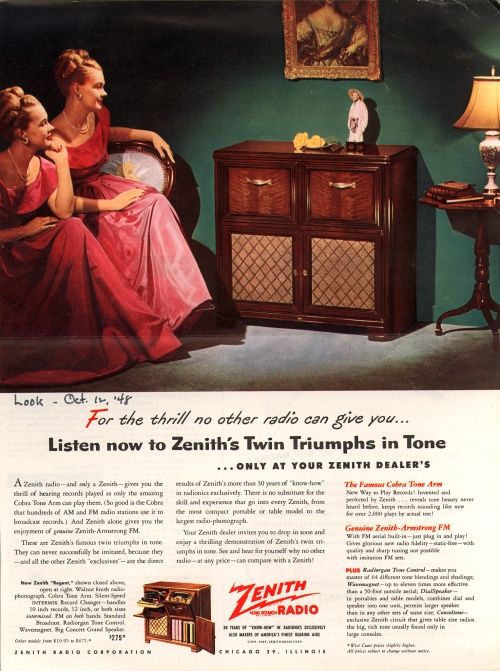
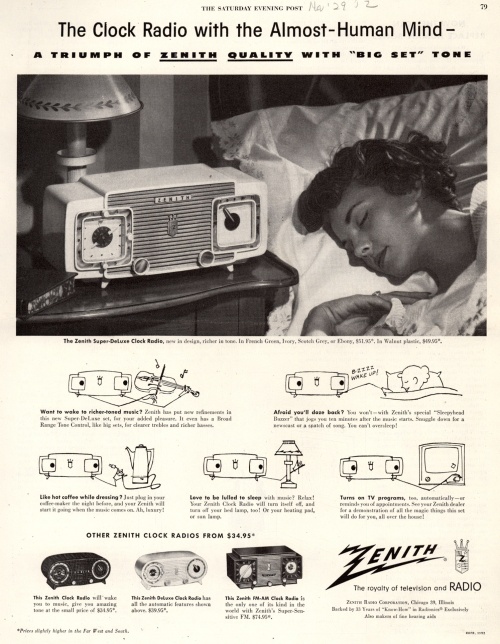
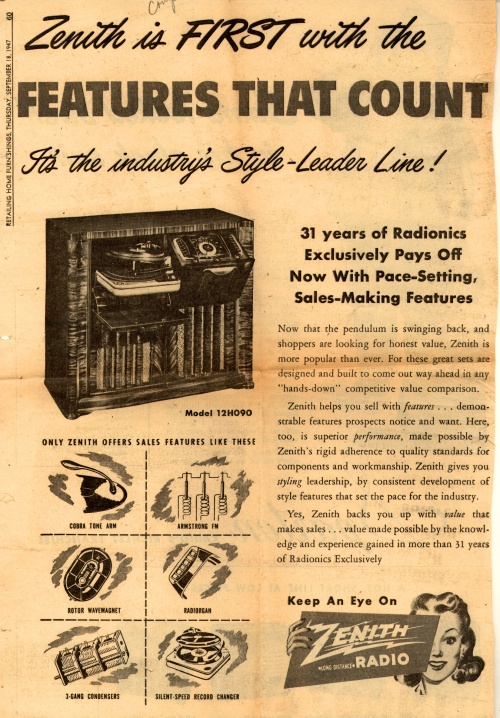
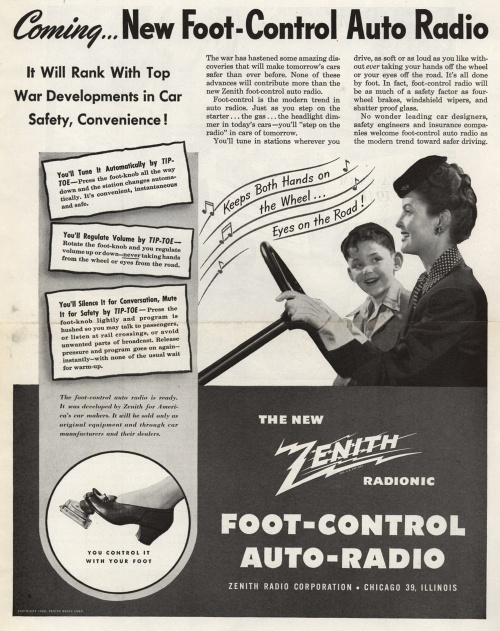
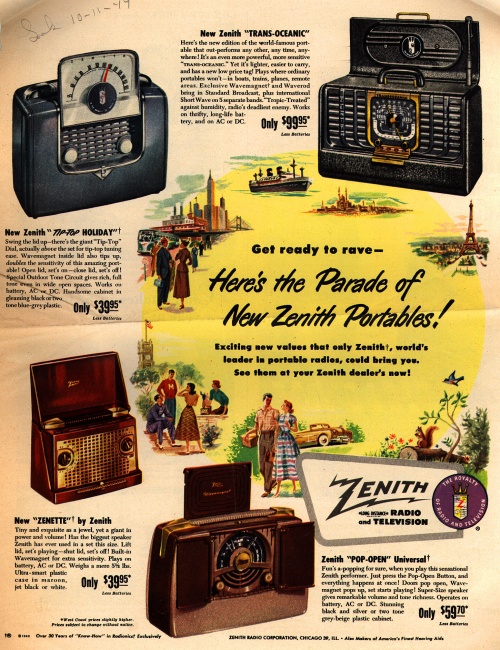
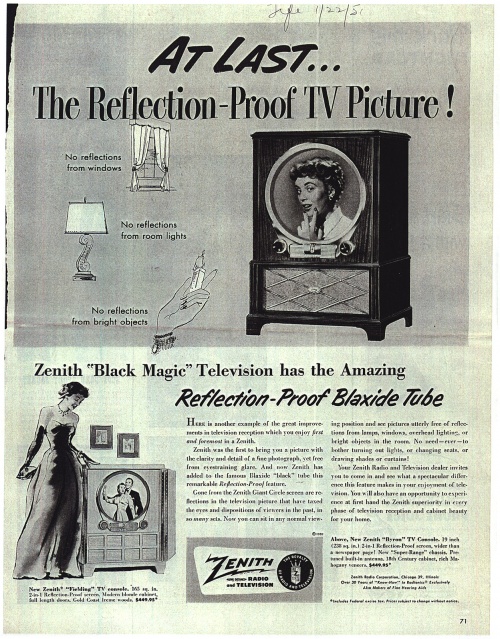
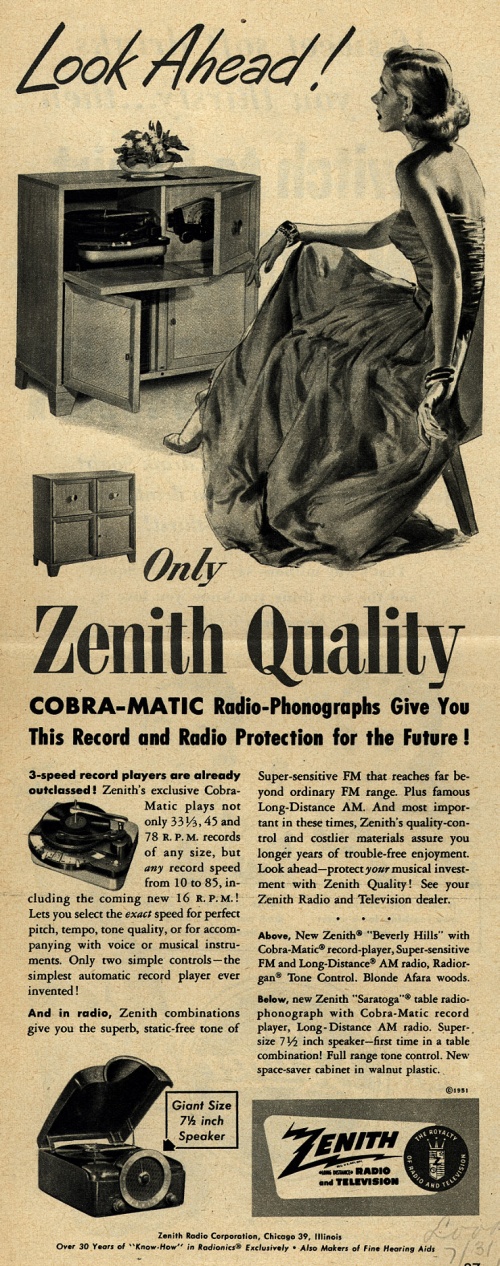

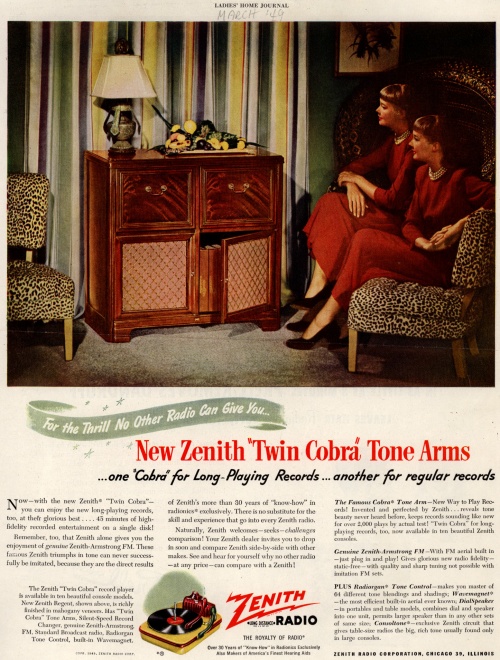
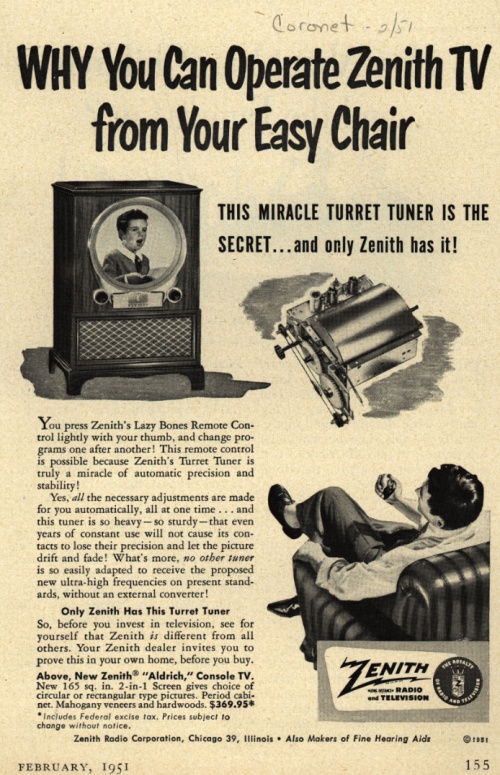
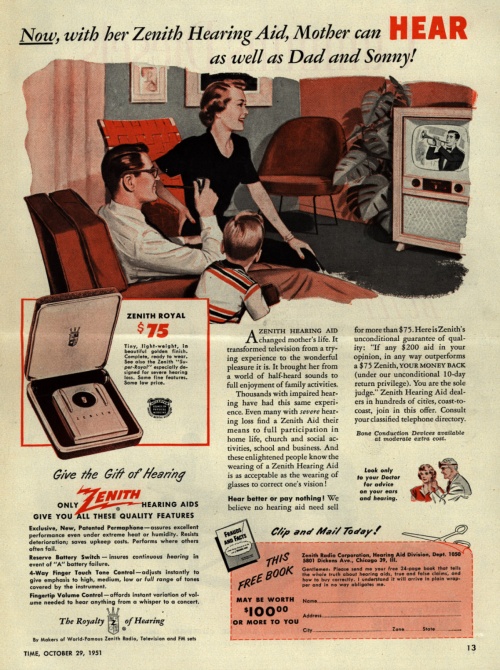
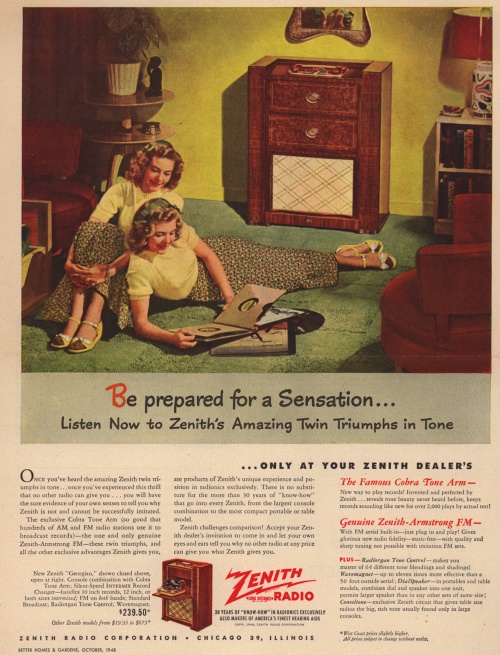
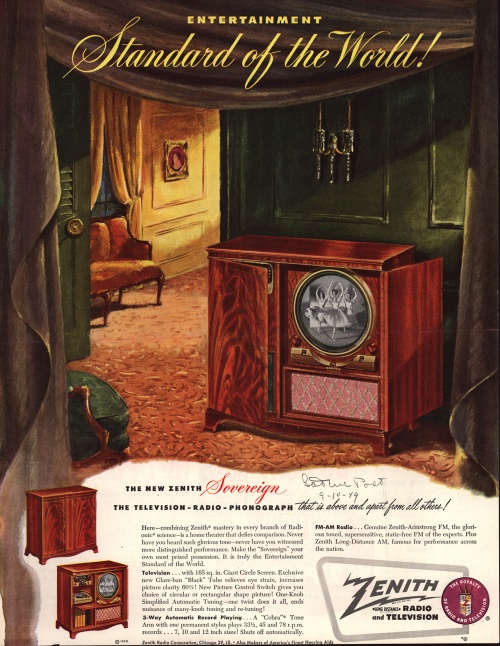
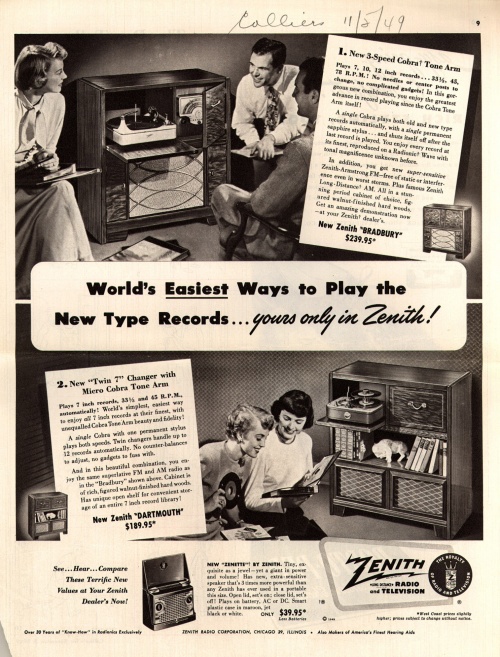
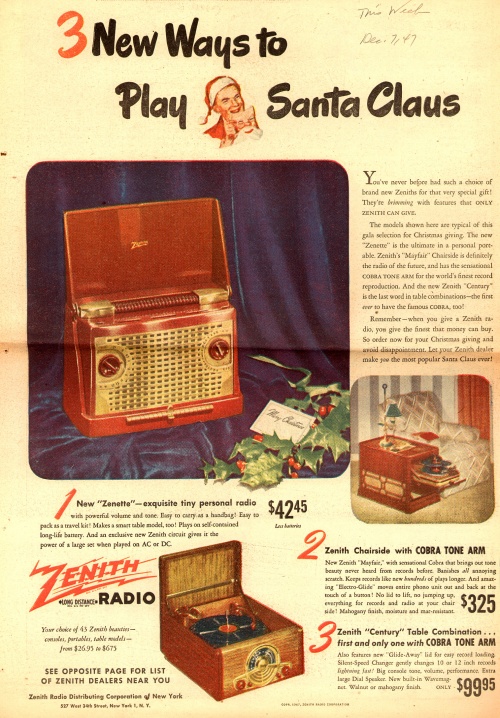
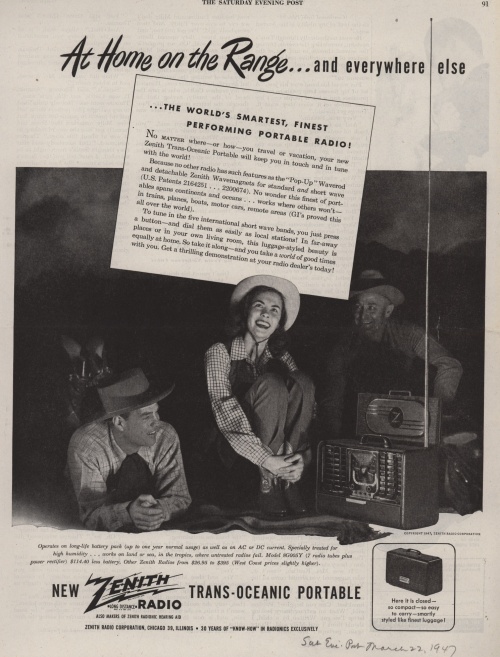
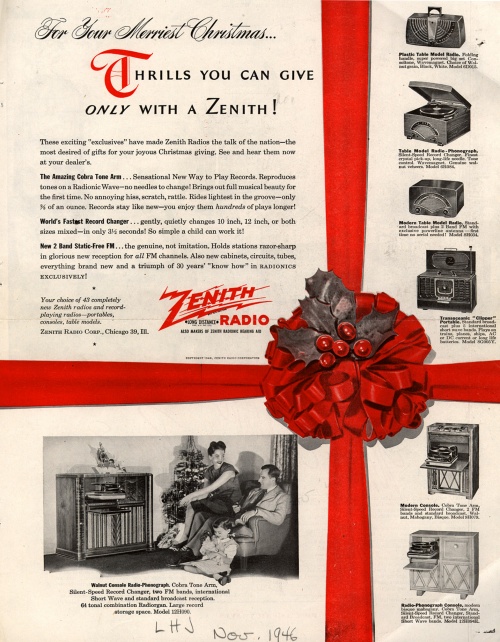
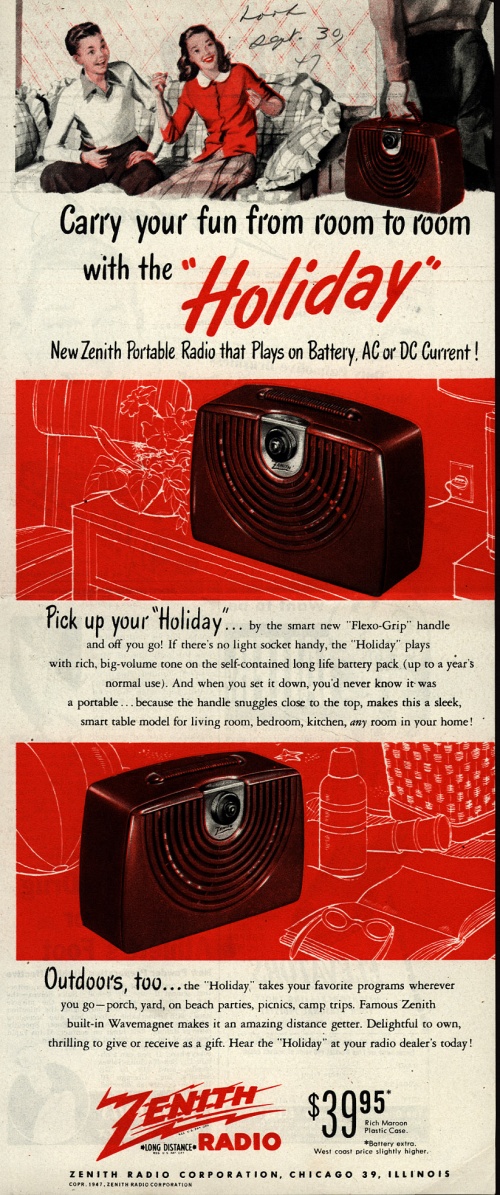
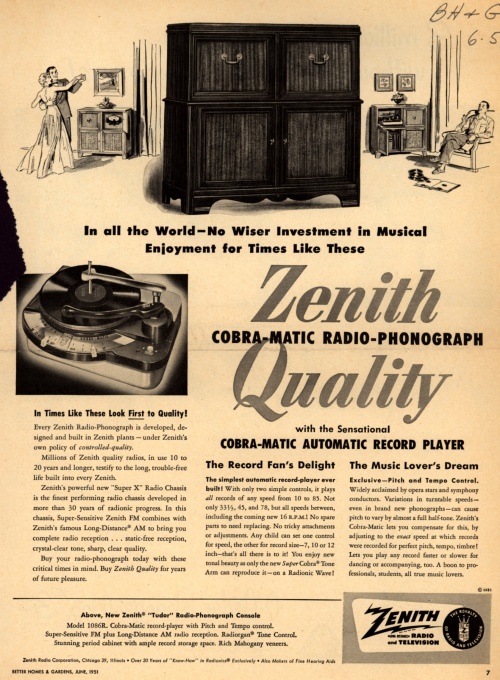
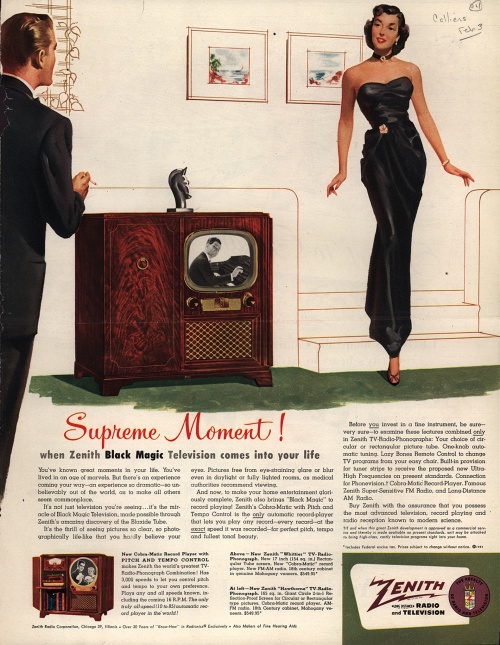

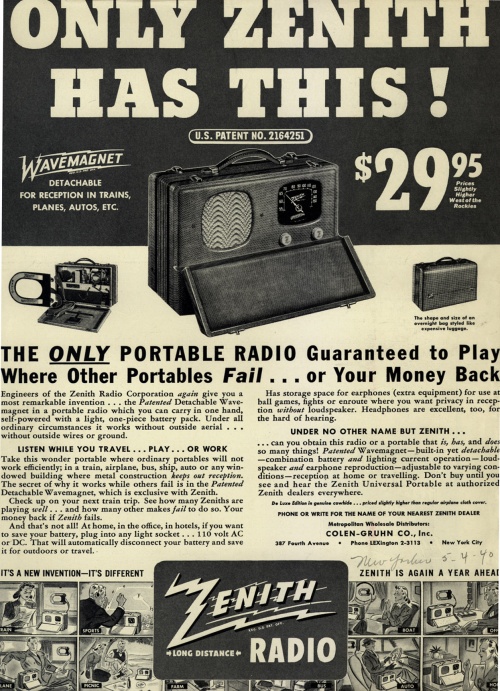
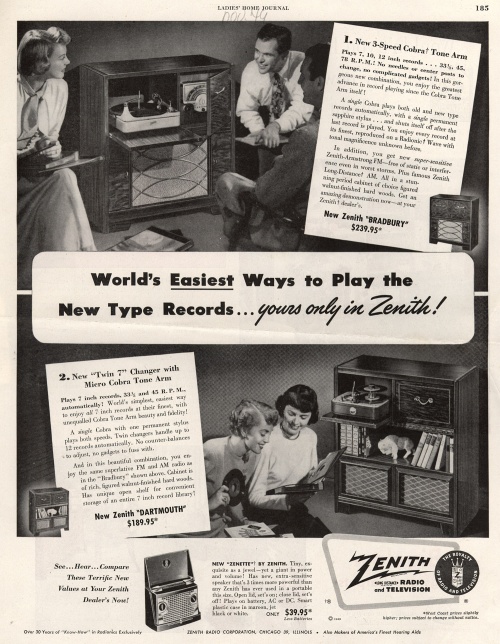
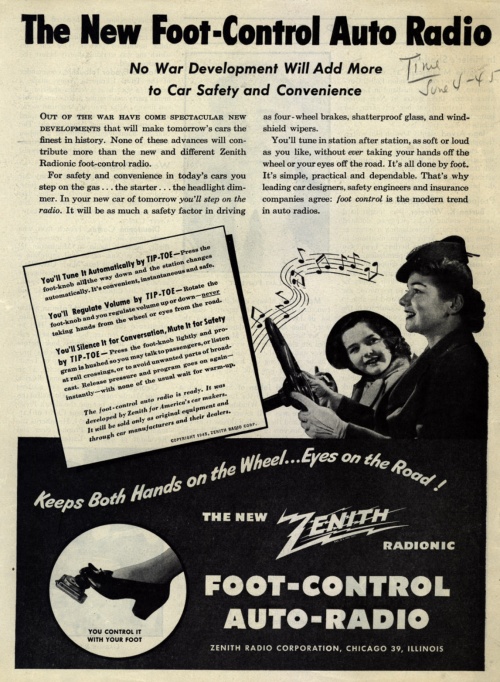

К сожалению, к данной новости архивы недоступны для скачивания
